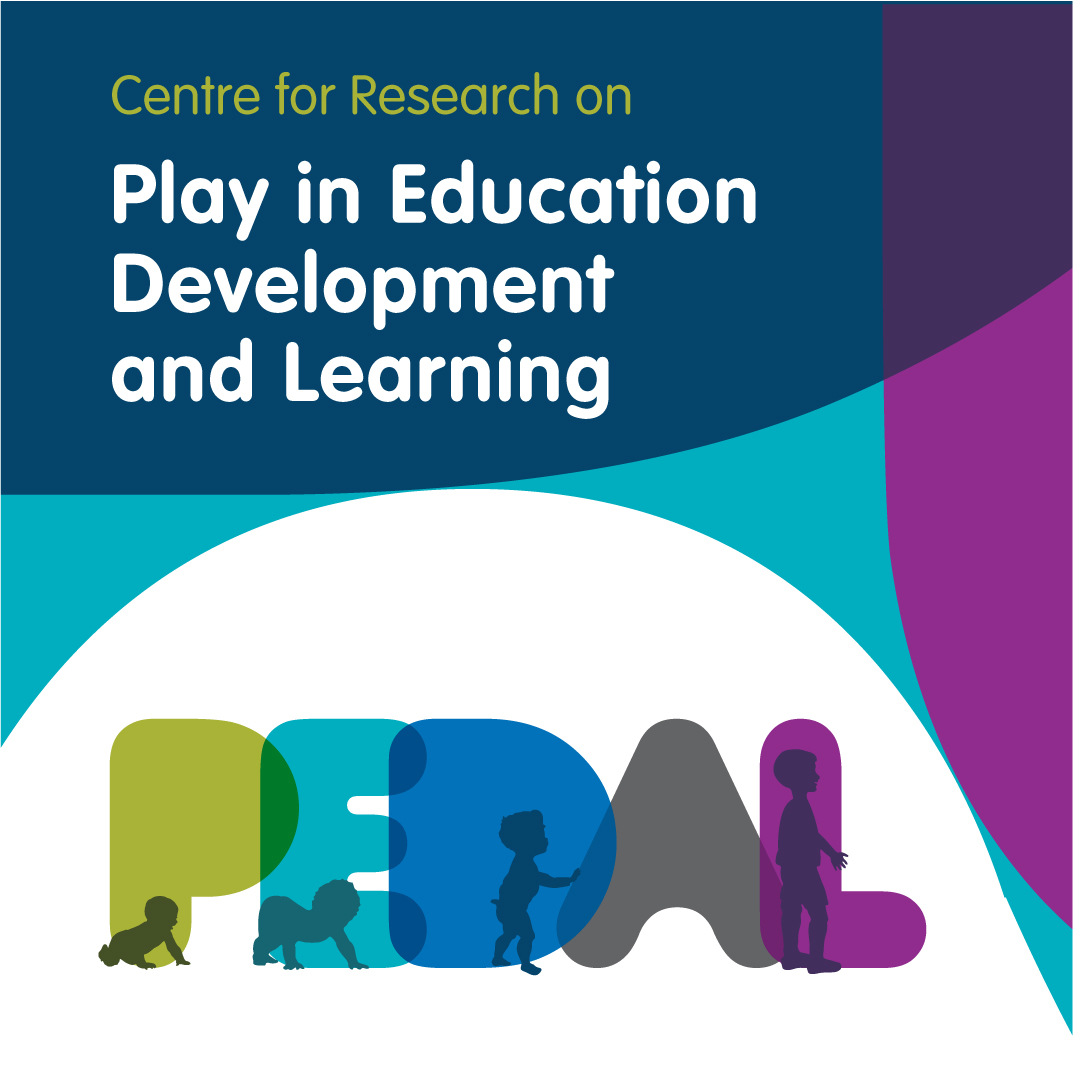Synchrony Through Gaze: Mapping the Neural Social Network of Infants
Duration: 43 mins 23 secs
Share this media item:
Embed this media item:
Embed this media item:
About this item

| Description: | Dr Victoria Leong, University of Cambridge and Nanyang Technological University, speaks about the social dynamics of adult-infant neural synchrony. |
|---|
| Created: | 2017-10-09 13:26 | ||
|---|---|---|---|
| Collection: | PEDAL Centre | ||
| Publisher: | University of Cambridge | ||
| Copyright: | Dr Victoria Leong | ||
| Language: | eng (English) | ||
| Distribution: |
World
|
||
| Keywords: | Gaze; Brain Synchrony; Infancy; PEDAL; Victoria Leong; | ||
| Credits: |
|
||
| Explicit content: | No | ||
| Aspect Ratio: | 16:9 | ||
| Screencast: | Yes | ||
| Bumper: | UCS Default | ||
| Trailer: | UCS Default | ||
| Abstract: | Infants’ behaviour and physiology are innately synchronised with that of their adult caregivers. This creates social connectedness within the adult-infant bond and is strategic for survival. Yet it is not known whether such synchronisation emerges passively, or whether infants can synchronise selectively and intentionally with their adult partners. Here, I will provide the first evidence that at the most basic level of neural activity (where synchronization may be measured without subjective interpretation), infants show selective up-regulation of neural synchronization with their adult partners during periods of direct intentional gaze. Furthermore, mutual eye contact stimulates infants’ own communicative efforts, which in turn maintains high dyadic synchronisation. Thus, the contingent exchange of social signals between infants and adults brings their brains into mutual temporal alignment, creating an optimal joint-networked state for communication and learning. |
|---|---|

